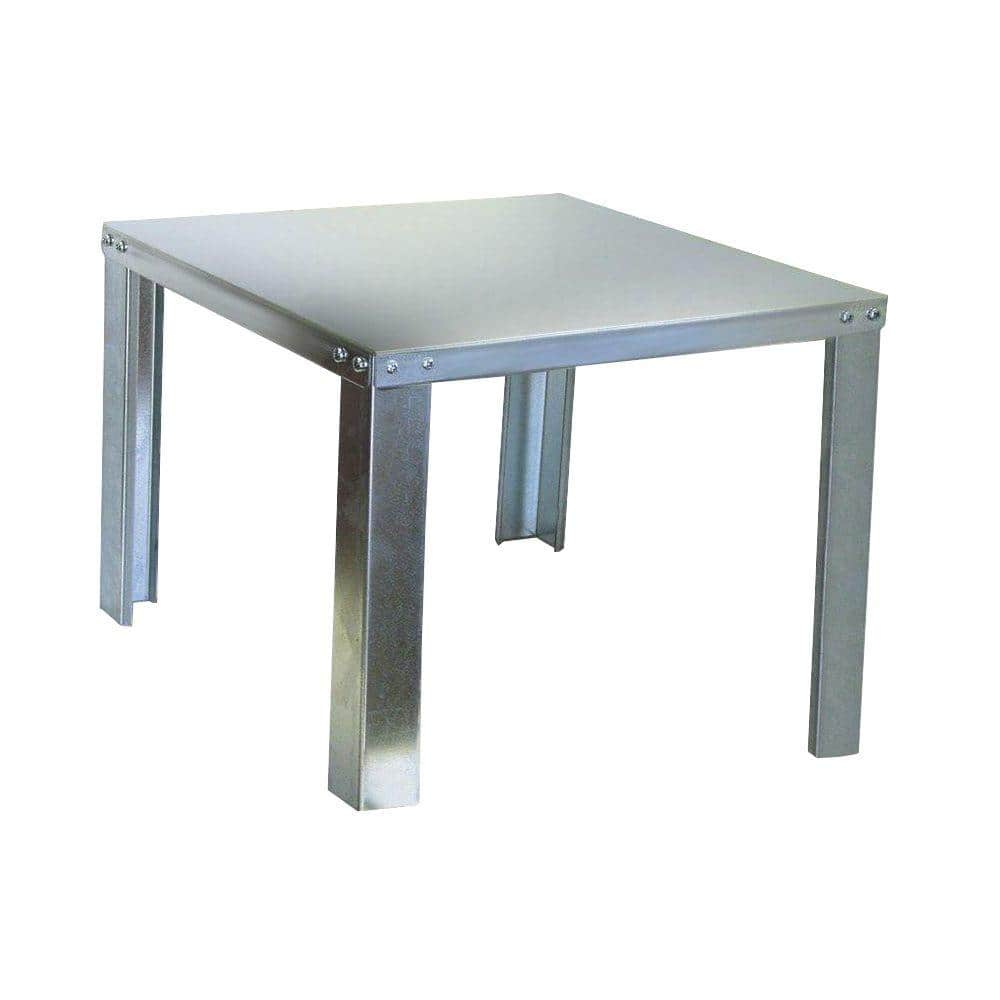The pump SHOULD NOT be cycling on and off every couple of minutes. But since it is, the check valve is closing every time the pump shuts off, and opens ever time the pump comes on. Starting a pump with 30 PSI pressure against it is much easier on the pump than starting with no pressure against it. It just has to be able to get water to pump.
Again, a jet pump doesn't suck water. It only lowers the suction pressure to a point where the barometric pressure can push water through the foot valve. Without a vacuum gauge on the suction line we are just spinning our wheels. If the pump makes enough vacuum, just like the vacuum pump does, it will lower the pressure so that atmospheric pressure can push water to the pump.
The suction pipe is not the well. The suction pipe will be full of water when pumping. But the water level of the aquafer it is pumping from will undoubtedly drop as soon as the pump comes on. So, if it is 15' before the pump starts, the well water level will be maybe 20' when the pump is drawing water.
If the pump cycled on and off for hours and works fine, only to give a problem after it has been off for a while, you most likely have a small suction leak. A VACUUM GAUGE WILL VERIFY THAT.

